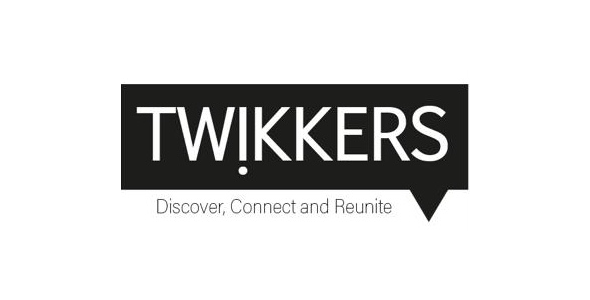In today's globalized business landscape,conference interpreting services effective communication is paramount. As companies expand their reach across borders, they encounter a myriad of linguistic challenges that can hinder productivity and collaboration. One of the most significant hurdles to overcome is the language barrier, which often leads to misunderstandings, inefficiencies, and missed opportunities. However, with the advancement of technology and the evolution of translation services, breaking the language barrier in corporate settings has become increasingly achievable.
Gone are the days when language translation relied solely on human interpreters or cumbersome dictionaries. Thanks to recent advancements in artificial intelligence and machine learning, businesses now have access to sophisticated language translation tools that can facilitate seamless communication across linguistic divides. These tools employ state-of-the-art algorithms to accurately translate spoken and written content in real-time, allowing employees to converse and collaborate effortlessly, regardless of their native languages.
One of the most significant advantages of modern language translation technology is its ability to preserve context and nuance. Unlike traditional translation methods, which often struggle to capture the subtleties of language, AI-powered translation tools can analyze the context of a conversation or document to provide more accurate and meaningful translations. This capability is particularly crucial in corporate settings, where precise communication is essential for decision-making, negotiation, and relationship-building.
Moreover, many of these translation tools are designed to integrate seamlessly with existing communication platforms and software applications commonly used in corporate environments. Whether it's email, chat, video conferencing, or document collaboration tools, employees can leverage translation technology to communicate effectively across various channels and mediums. This integration not only enhances efficiency but also fosters a more inclusive and collaborative work culture, where language differences no longer serve as barriers to participation and contribution.
Another significant development in the realm of language translation is the rise of customizable and industry-specific solutions. Recognizing the diverse needs of businesses across different sectors, technology providers have begun offering specialized translation services tailored to specific industries and domains. Whether it's legal, medical, finance, or technology, companies can now access translation tools that understand the unique terminology, jargon, and communication norms of their respective fields. This level of customization ensures greater accuracy and reliability in translation, particularly for specialized content and documentation.
However, while technology plays a crucial role in breaking the language barrier, it is not a panacea. Effective communication in multinational corporations requires a holistic approach that encompasses not only language translation but also cultural sensitivity and awareness. Language is deeply intertwined with culture, and understanding the cultural nuances and norms of different regions is essential for building trust, fostering relationships, and avoiding misunderstandings.
Therefore, in addition to leveraging translation technology, companies must invest in cross-cultural training and education to equip their employees with the cultural competence needed to navigate diverse business environments successfully. By promoting cultural awareness and sensitivity, organizations can create an inclusive and harmonious workplace where employees from different backgrounds feel valued and respected.
breaking the language barrier in corporate settings is no longer an insurmountable challenge thanks to advancements in translation technology. By harnessing the power of AI and machine learning, companies can facilitate seamless communication across linguistic divides, enhancing productivity, collaboration, and innovation. However, technology alone is not enough;simultaneous conference interpreting service cultural awareness and sensitivity are equally important for fostering meaningful connections and building successful global partnerships. By embracing both technology and cultural competence, companies can overcome the language barrier and thrive in today's interconnected world.
